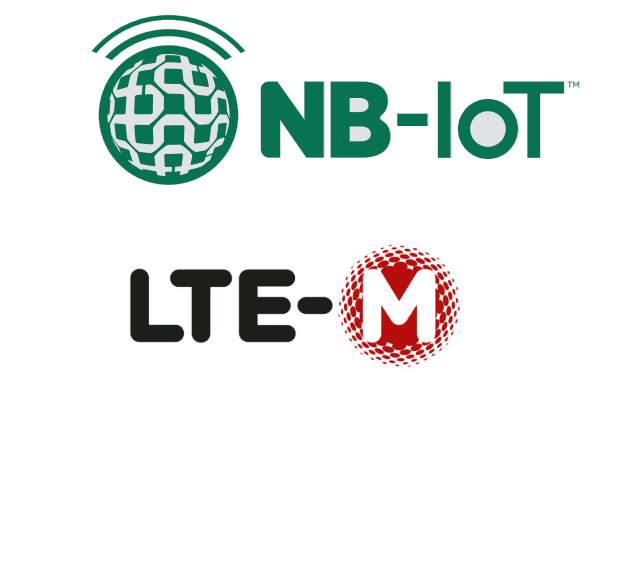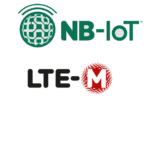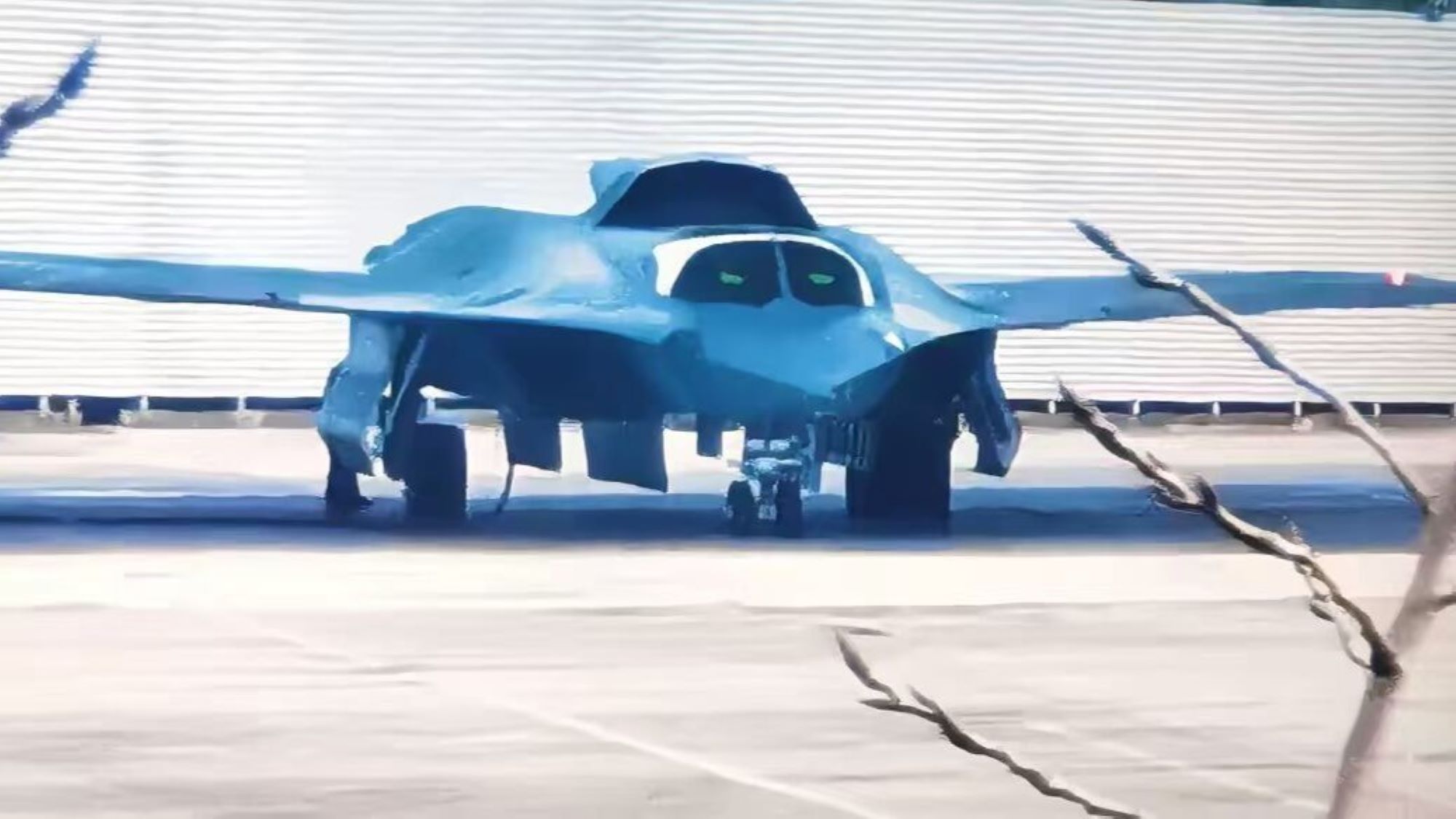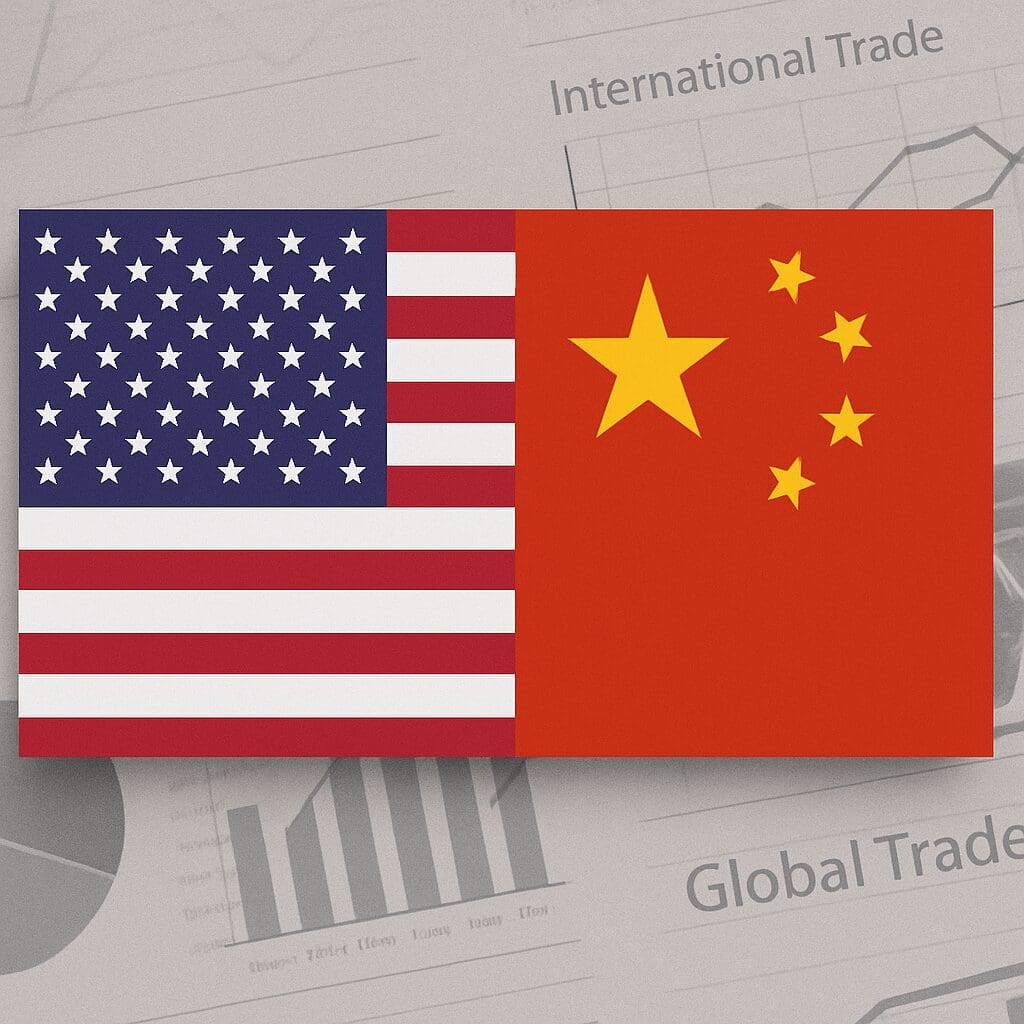How LTE-M and NB-IoT Are Revolutionizing Asset Tracking in Global Supply Chains
In the past, tracking a shipping container across continents or monitoring the temperature of a pharmaceutical package in a rural warehouse came with trade-offs: cost, power drain, or unreliable coverage. Asset visibility was reserved for high-value goods, while the rest of the supply chain operated on estimates, paper trails, and phone calls. This is changing. […] The post How LTE-M and NB-IoT Are Revolutionizing Asset Tracking in Global Supply Chains appeared first on Logistics Viewpoints.


 In the past, tracking a shipping container across continents or monitoring the temperature of a pharmaceutical package in a rural warehouse came with trade-offs: cost, power drain, or unreliable coverage. Asset visibility was reserved for high-value goods, while the rest of the supply chain operated on estimates, paper trails, and phone calls.
In the past, tracking a shipping container across continents or monitoring the temperature of a pharmaceutical package in a rural warehouse came with trade-offs: cost, power drain, or unreliable coverage. Asset visibility was reserved for high-value goods, while the rest of the supply chain operated on estimates, paper trails, and phone calls.
This is changing. Two cellular technologies—LTE-M and NB-IoT—are now reshaping long-distance asset tracking. Designed specifically for low-power, wide-area connectivity, they are not flashy or fast, but they are practical. And that practicality is unlocking a new standard of visibility across logistics networks.
A Functional Divide: What Makes LTE-M and NB-IoT Different?
Both LTE-M (Long Term Evolution for Machines) and NB-IoT (Narrowband Internet of Things) were developed under the 3GPP standard. They’re not general-purpose wireless technologies. They’re built for a narrow job: to allow simple devices to send small data packages across long distances with minimal power usage.
Still, they serve different purposes.
LTE-M supports voice (VoLTE), real-time mobility, and bandwidth up to 1.4 MHz. That makes it suited for assets in motion—trucks, railcars, shipping containers. Devices stay connected as they cross cell towers, even at highway speeds.
NB-IoT, on the other hand, is optimized for stationary or slow-moving assets. It operates on just 180 kHz of bandwidth, uses even less power than LTE-M, and excels at indoor or underground penetration. That makes it ideal for warehouse environments, shipping pallets, or cold storage units.
In both cases, devices can last up to 10 years on a battery, waking only to transmit data at defined intervals.
On the Ground: Where These Technologies Are Already Working
In Germany, Deutsche Telekom uses NB-IoT to track reusable transport packaging—low-value but often misplaced. By tagging these items with NB-IoT sensors, they can recover more assets and reduce losses.
In the United States, Roambee uses LTE-M to track pharmaceutical shipments. Their sensors capture not just GPS data, but also temperature, humidity, and light exposure—essential data for compliance and quality control.
Reference
Meanwhile, Sierra Wireless now Semtech offers LTE-M modules built into trackers used across North American freight networks. They enable cross-border asset visibility without requiring complicated roaming workarounds.
Reference
These are operational deployments—quietly streamlining real supply chains today.
From Fragmented Data to Structured Insight
For decades, asset tracking systems lived in silos—fleet telematics in one system, warehouse sensors in another, handheld barcode scans in a third. LTE-M and NB-IoT allow these devices to transmit consistent, time-stamped data that can be ingested directly into ERP, WMS, or TMS platforms.
This leads to several operational changes:
- Shipment ETAs can now be calculated using real-time location data.
- Route deviations, temperature excursions, or tampering events can trigger alerts instantly.
- Idle asset time, loss rates, and turn rates can be tracked quantitatively rather than through assumptions.
These technologies give the supply chain a memory. Not just precise locations—but how long they’ve been there, under what conditions, and whether any anomalies occured.
Strategic Implications: More Than Better Tracking
The shift to LTE-M and NB-IoT is not just about technical improvement. It represents a change in how companies define what is worth tracking.
1. Lowering the Threshold
When connectivity was expensive and battery life short, only high-value goods justified GPS trackers. LPWA (low power wide area) tech brings that threshold down. Companies can now afford to track plastic pallets, returnable containers, or temperature-sensitive packaging. These items were once considered disposable or unmonitored; now, they are part of the data flow.
2. Preparing for 2G/3G Sunset
Many tracking systems still rely on 2G or 3G cellular modules. As networks phase out legacy services, companies are being forced to choose a replacement. LTE-M and NB-IoT offer a forward-compatible path that avoids the higher costs of full LTE or 5G broadband connections.
3. Shifting from Status to Intelligence
In the past, knowing an asset’s last known location was sufficient. Today, organizations are using real-time sensor data to move from reactive to predictive operations. Cold chain breaches, delivery delays, or maintenance needs can be identified before they create service failures or lost revenue.
4. Expanding Global Logistics
LTE-M supports broader international roaming than NB-IoT, but both are becoming more accessible globally as carriers standardize their infrastructure. For multinational operations, this means fewer gaps and less complexity in deploying one global asset tracking framework.
Constraints and Deployment Realities
These technologies are not without limitations:
- Roaming for NB-IoT is still fragmented, limiting its use in cross-border applications.
- Latency for NB-IoT can be high, making it unsuitable for urgent alerts or rapid two-way communication.
- Device provisioning and firmware updates must be managed remotely, especially for assets deployed in hard-to-reach areas.
As a result, organizations must carefully evaluate their device requirements, data latency tolerance, and regional coverage before choosing between LTE-M and NB-IoT.
Supply chains are being redefined not by high-profile innovations, but by infrastructure technologies like LTE-M and NB-IoT that enable quiet, scalable change. These technologies do not replace the need for planning or coordination, but they reduce uncertainty. They give supply chain managers access to verified data instead of estimates. They allow decisions to be made with more context, and fewer assumptions.
In practical terms, LTE-M and NB-IoT make it feasible to track every pallet, every package, and every trailer—not just those deemed high-value. That’s not a breakthrough, it is how resilient, modern supply chains operate today.
The post How LTE-M and NB-IoT Are Revolutionizing Asset Tracking in Global Supply Chains appeared first on Logistics Viewpoints.
























































































































































